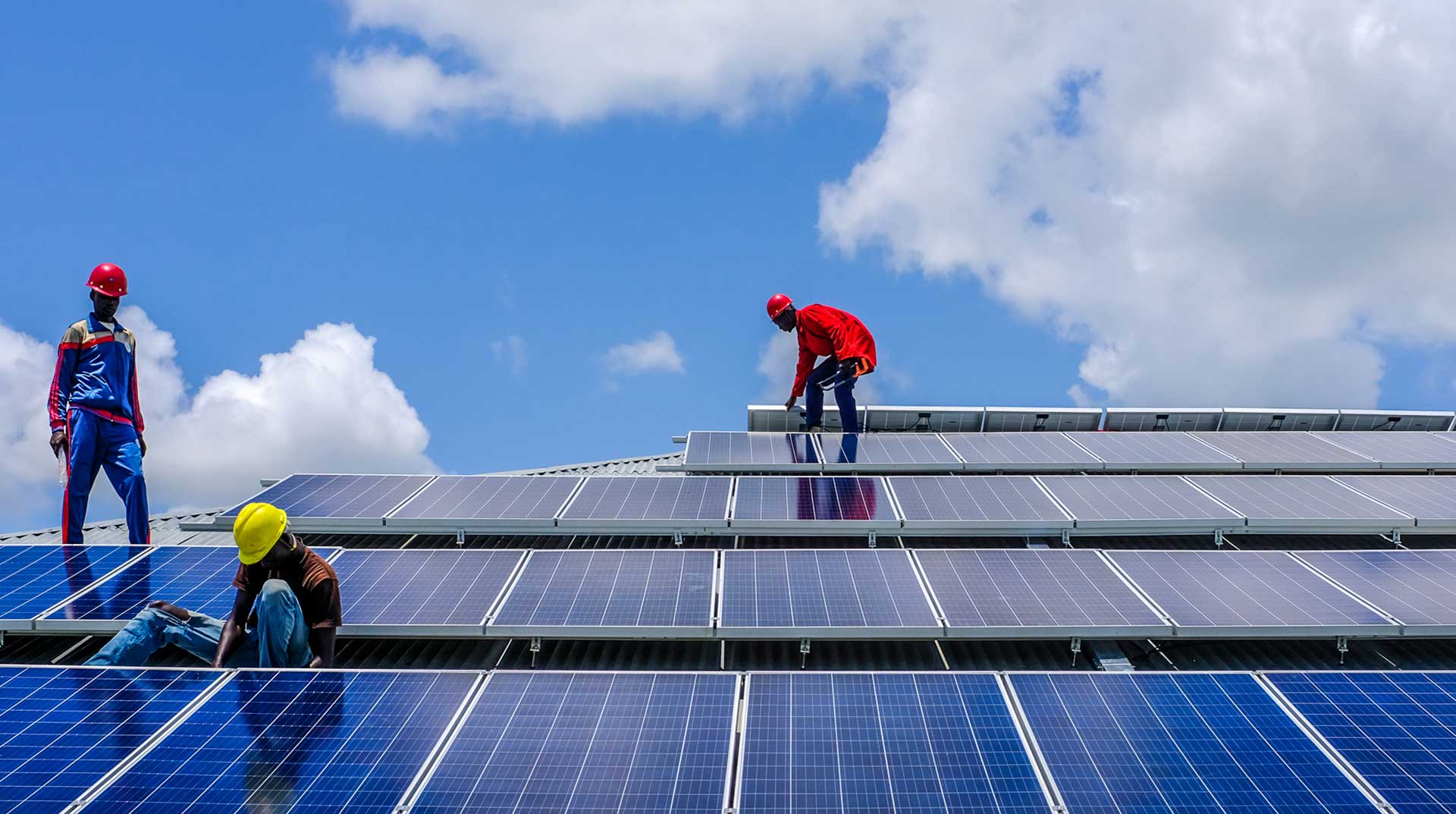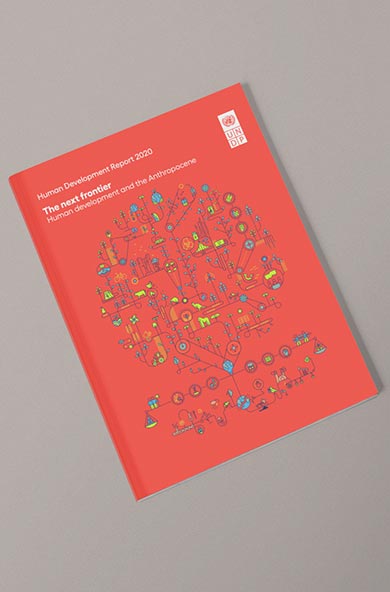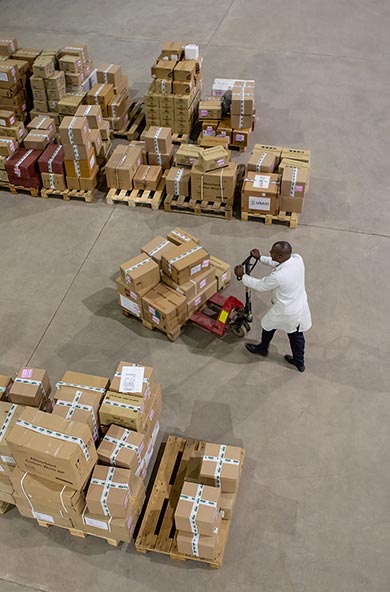My Journey to Southern Zambia under the SCRALA project; by Laurent Rudasingwa – Deputy Resident Representative

UNDP Deputy Resident Representative Mr. Laurent Rudasingwa interacting with Kabuyu Bulking Centre Cooperative Chairperson from Kazungula District
During my recent visit to Kazungula District in Southern Zambia, I was met with a refreshing sight: the landscape, once dry and cracked, was slowly coming to life. Trees stood full of life, and fields that had once been barren now stretched out, vibrant and promising. There was a palpable sense of hope in the air—a feeling that the land was healing.
Droughts change everything. Nine months earlier, the once-thriving fields had become desolate and lifeless. Mighty rivers and streams that once flowed with azure waters had been reduced to mere trickles, while livestock struggled or perished under the scorching sun. For smallholder farmers, the only certainty was the uncertainty of survival.
Today, however, the fields of Southern Province tell a different story—one of renewal with the arrival of the rains, marking a critical moment in Zambia’s post-drought recovery. But recovery is not just about the return of rains; it is about resilience—equipping farmers with the tools and knowledge to adapt to an unpredictable climate and safeguard their livelihoods against future shocks. Based on the country’s climate risk and vulnerability classifications, the Strengthening Climate Resilience of Agricultural Livelihoods in Agro-Ecological Regions I and II (SCRALA) project in Zambia has for the past six years been delivering this notion in 16 districts across five provinces.
Zambia's 2023/2024 drought devastated the agriculture, water, and energy sectors at all levels, compromising food security for 9.8 million people across 84 districts. Nearly half of the nation’s planted area was lost, prompting a national disaster declaration. Over 80% of the SCRALA project’s implementing districts were affected, with some experiencing total crop failure while others experienced good harvests through smart agriculture practices such as basins and ripping among others. Fast forward to the 2024/2025 farming season, above-normal rainfall, as projected by the Zambia Meteorological Department, has arrived. It is bitter-sweet as the heavy downpours have triggered flooding in several districts, further exacerbating food security concerns before farmers can recover from the drought.
A Small Village Called Nyawa
Surrounded by simple yet beautiful huts, Nyawa village in Kazungula district, Southern Zambia exudes a deep sense of serenity. But it’s not just the landscape that’s beautiful; it’s the people who make it so. The warmth and generosity of the locals gave me an immediate sense of belonging. Among them was Beauty Fenete, a smallholder farmer whose journey embodies the resilience we aim to cultivate.

Beauty Fenete, savings group member who has built a house, diversified her income and crops.
Like many others, Fenete once depended solely on rain-fed agriculture. But as rainfall patterns became increasingly unpredictable, her yields dwindled. Crops that once flourished withered, and food insecurity became a harsh reality. That was before she joined the Kabuyu Bulking Centre Cooperative established and supported by the SCRALA project in 2023.
However, after receiving training on crop diversification, Fenete now cultivates millet, cowpeas, groundnuts, sweet potatoes, and maize—ensuring a stable food supply for her family. She has also expanded her livelihood from her savings by opening a grocery store, where she sells essentials such as cooking oil, tomatoes, and washing powder among others.
Through financial literacy and aggregation training, she learned to manage her earnings effectively. From the groups’ savings of ZMW 63,000 (USD 2,246), she invested over ZMW 8,000 (USD 281.40) of share-outs to build a house. Her story is just one of many from the 1,418 savings groups that collectively saved ZMW 20.35 million (USD 721,928) in 2024—empowering thousands of farmers, especially women across 16 districts.
Savings groups have proved to be a transformative development approach. By pooling resources, smallholder farmers gain access to credit, enabling them to invest in their farms, assets and businesses. This collective model fosters financial security, while also strengthening economic independence and climate adaptation.

Fenete's house built from savings.

Just like Fenete, others members of the savings group have diversified their crops.
Beyond Farming
One of the biggest challenges facing smallholder farmers is limited market access. Without the means to sell their produce at fair prices, financial insecurity persists. The Kabuyu Bulking Centre offers a solution—providing farmers with a platform to aggregate their produce, increasing their bargaining power and opening access to larger markets.
By selling in bulk, farmers like Fenete who is also part of the Kabuyu Cooperative can secure better prices, reduce post-harvest losses, and ensure financial stability. This approach has already proven successful—last year alone, the cooperative generated over K700,000 (USD 24,832) from aggregated crops. To scale up this success, the project is establishing eight additional marketing centres, three of which are already operational and delivering economic benefits.
"As a cooperative, we aggregate a variety of crops, including maize and cowpeas, and supply them to 150 schools that run school feeding programmes. For value addition, we plan to start processing cooking oil and peanut butter. We have already constructed a processing centre and are now awaiting the delivery of the processing equipment from the SCRALA project," shared John Sibwidu, Vice Chairperson of the Kabuyu Cooperative.

Aerial View of the Kabuyu Bulking Centre in Kazungula District.
A Cycle of Empowerment: Alternative Livelihoods
“I plan to buy a cow using the money from my goat sales, and I will name it SCRALA. When it gives birth, I will name its calf Project.”Said Kennedy Mazala, with a beaming smile.

DRR, Mazala and other goat pass-mechanism beneficiaries.
I also had an opportunity to interact with Mazala who was supported with five goats under the SCRALA project in 2021. Mazala has since grown his herd of goats to 30, earning a steady income from sales over the years. This transformation is driven by a pass-on mechanism, a community-led approach that ensures sustainability by requiring beneficiaries to transfer five goats to the next farmer in line after a year. Now in its fourth and fifth cycle across 16 districts, the initiative has reached over 8,000 farmers, contributing to a 70.8% increase in alternative income generation in 2024.
Bridging the Weather Gap
As we proceeded to see the automatic weather station at Nyawa Secondary School, I was struck by how much this technology is transforming farming decisions.
The generation and dissemination of weather and agro advisories has so far assisted 312,329 farmers across 16 districts in planning for the agricultural season, providing them with precise information on what to plant, when to plant, and which methods to use. This support has helped farmers reduce losses over time and adopt more resilient crops such as cowpeas, sorghum, soybeans, and cassava, among others which are a source of food and proved to be drought tolerant, especially in the last drought.

Automatic weather station at Nyawa Secondary School.
Looking Ahead
As I left Kazungula, the sight of determined faces filled me with renewed conviction in the work we are doing. Every Kwacha invested, every training session held, and every innovation introduced is building the foundation for a more resilient, food-secure Zambia.
But the work is far from finished. With continued partnership and commitment from all stakeholders which includes the Ministry of Agriculture, the Green Climate Fund, the United Nations Development Programme (UNDP), the Food Agriculture Organization (FAO), and the World Food Programme (WFP), we can scale up these successes, reaching more farmers and ensuring that no one is left behind in the fight against climate change. Achieving SDG 2: Zero Hunger, SDG 1: No Poverty, SDG 13: Climate Action and the goals of Zambia’s 8th National Development Plan isn’t just a vision—it’s a call to action. It’s about strengthening food security, fostering innovation, and empowering farmers to lead the way in sustainable agricultural development.

UNDP Deputy Resident Representative (camera right), community member, and GRZ Provincial Agriculture Coordinator (camera left) poses for a picture.

 Locations
Locations










